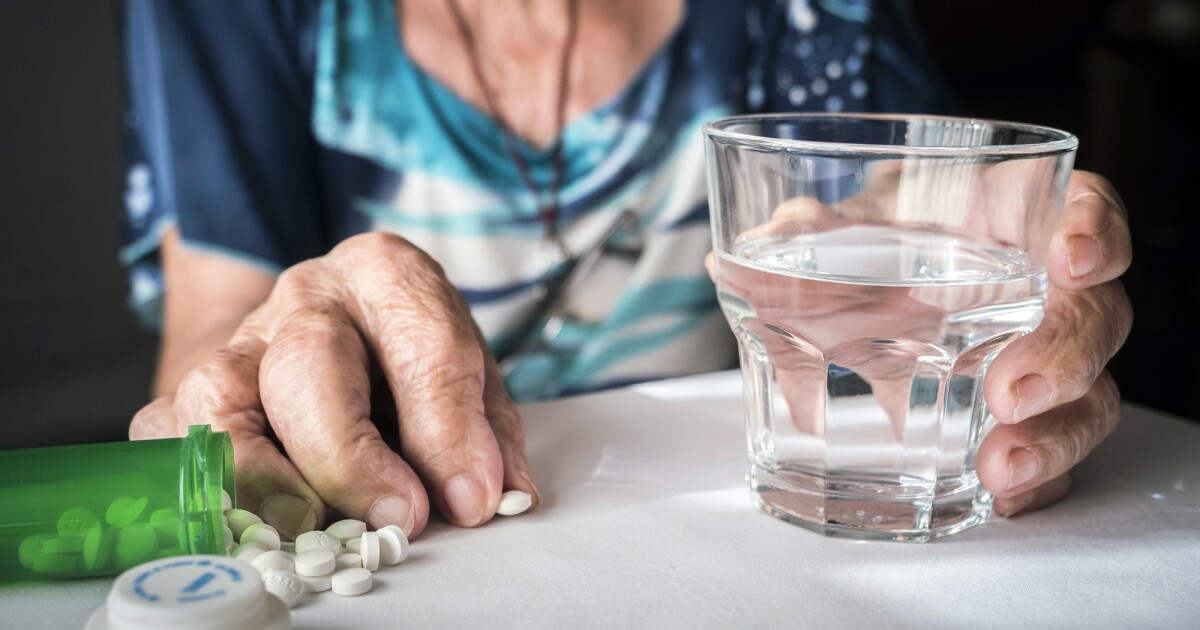Get the latest tech news
Implantable device could save diabetes patients from dangerously low blood sugar | The new implant carries a reservoir of glucagon that can be stored under the skin and deployed during an emergency — with no injections needed.
MIT engineers developed an implantable reservoir that can remain under the skin and be triggered to release glucagon when people with diabetes are in danger of becoming hypoglycemic.
The researchers showed that this device could also be used to deliver emergency doses of epinephrine, a drug that is used to treat heart attacks and can also prevent severe allergic reactions, including anaphylactic shock. “It’s really exciting to see our team accomplish this, which I hope will someday help diabetic patients and could more broadly provide a new paradigm for delivering any emergency medicine,” says Robert Langer, the David H. Koch Institute Professor at MIT and an author of the paper. Other authors of the paper include Laura O’Keeffe, Arnab Rudra, Derin Gumustop, Nima Khatib, Claudia Liu, Jiawei Yang, Athena Wang, Matthew Bochenek, Yen-Chun Lu, Suman Bose, and Kaelan Reed.
Or read this on r/tech

